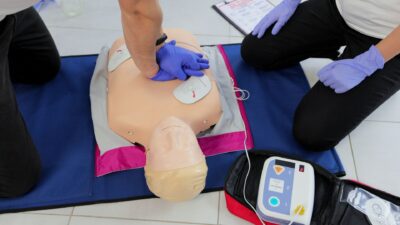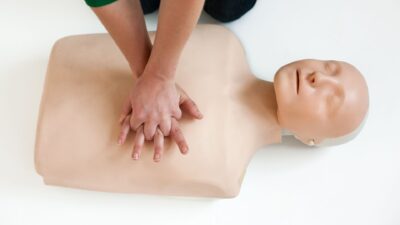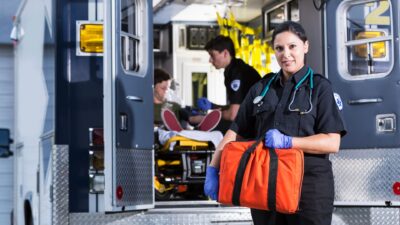
How to Refresh Your CPR Skills: Tips for Recertification in Clearwater
To refresh your CPR skills for recertification in Clearwater, you should review the latest guidelines, practice hands-on techniques, and enroll in an accredited recertification course. Staying updated ensures you can respond effectively in emergencies, whether at work or in daily life. By taking the right steps to refresh your knowledge, you can be prepared to…
Read More







